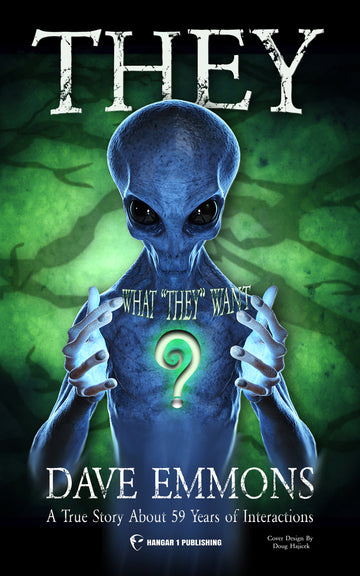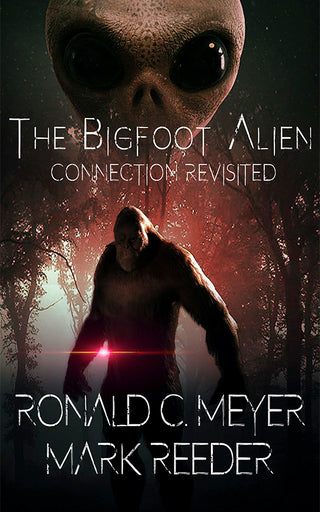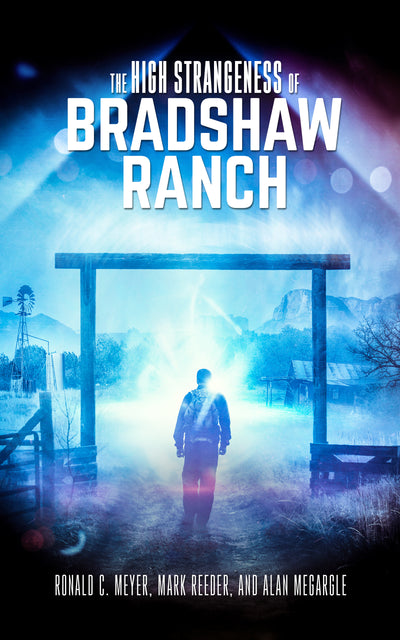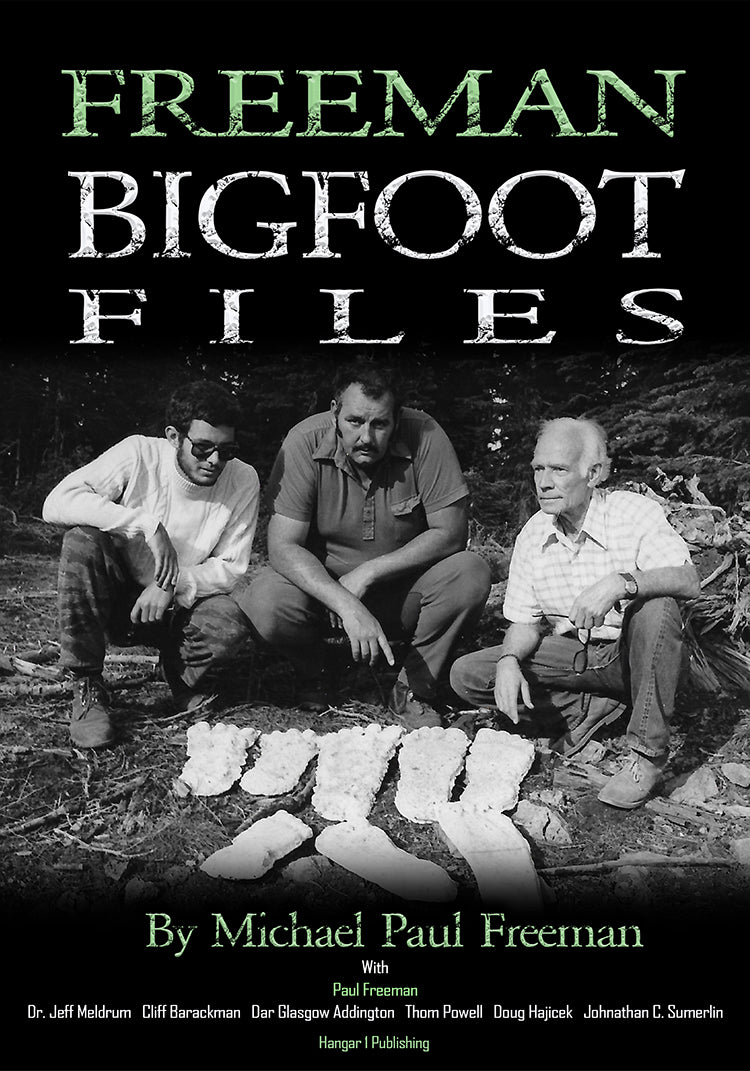STS-48 UFO Footage: The 1991 Space Shuttle Mystery That Still Defies Explanation

By Elaine Westfield, Ufologist
I've spent years studying people who report experiences that our current scientific models can't quite explain. My work in psychology and neuroscience has taught me one thing above all else: dismissing anomalous data because it makes us uncomfortable is bad science. The STS-48 UFO footage captured over three decades ago represents exactly the kind of anomaly that deserves serious attention, not ridicule.
Something strange was recorded on September 15, 1991. The cameras aboard Space Shuttle Discovery captured objects moving in ways that continue to spark heated debate among scientists, skeptics, and researchers alike. After reviewing the available evidence and the competing analyses, I'm convinced this footage deserves your attention, regardless of where you land on the question of its origin.
What Happened During the STS-48 Mission
Before we can examine what the cameras recorded, we need to understand the mission itself. Space Shuttle Discovery launched from Kennedy Space Center on September 12, 1991. The crew included Commander John O. Creighton, Pilot Kenneth S. Reightler Jr., and Mission Specialists James F. Buchli, Charles D. Gemar, and Mark N. Brown.
The primary objective? Deploying the Upper Atmosphere Research Satellite. The shuttle entered a 307-nautical-mile circular orbit with a 57-degree inclination. By all accounts, the mission proceeded according to plan. Discovery returned to Earth on September 18, landing at Edwards Air Force Base after weather forced a diversion from Kennedy Space Center.
The official mission report documents the expected technical hiccups you'd expect from any spaceflight. One detail jumps out: at 257:23:16 GMT on September 14, CCTV camera D developed "full-frame horizontal multicolored lines" that degraded picture quality. This known equipment issue matters when we evaluate any visual artifacts in the footage.
The Onboard Camera Systems
The footage in question came from Discovery's payload bay cameras. According to the Shuttle Crew Operations Manual, these cameras operated using standard NTSC (RS-170A) video signals. They could be mounted on pan/tilt units and featured heaters to function in the cold of space.
Former NASA engineer James Oberg's research indicates the payload bay cameras used versatile zoom lenses with focal lengths ranging from 18mm to 108mm. This technical detail becomes relevant when we try to estimate the distance of objects in the frame.
The Footage Frame by Frame
The sequence that sparked decades of debate occurred between 20:30 and 20:45 GMT on September 15. Discovery was flying over the Indian Ocean, approaching the day-night terminator where Earth's shadow meets sunlight. The shuttle itself was entering illumination while the camera pointed back toward the still-dark horizon.
Here's what the camera captured:
- Several small, glowing objects drift across the field of view
- A brighter object appears, traveling from right to left
- A sudden flash of light occurs in the lower-left portion of the screen
- The main object and several others appear to change direction sharply
- One or two streaks of light move rapidly through the area
- About 65 seconds later, the camera pans down to show the cargo bay
That sharp directional change, occurring immediately after the flash, sits at the heart of the controversy. Objects in space don't just turn on a dime. They follow predictable ballistic trajectories. Unless, of course, they're being acted upon by some force.
The NASA video archives contain the original footage, though most people have encountered it through re-uploaded versions on video sharing platforms.
The Official Explanation: Ice and Thrusters
NASA's position is straightforward: the objects are ice particles, and the apparent direction change resulted from the shuttle's Reaction Control System thrusters firing. When these small jets activate, they create plumes that can accelerate nearby debris away from the spacecraft.
The Mission Safety Evaluation Report documents various issues that could produce ice, including problems with water dump systems. Ice formation around spacecraft is well-documented and ordinary.
James Oberg, who worked in mission control and has become the most prominent skeptical voice on shuttle-related UFO claims, points out that such phenomena "have been observed and videotaped on every shuttle mission." Astronaut Mark Brown, who was actually aboard STS-48, attributed similar events to ice crystals breaking off engine bells and being pushed by thruster plumes.
The model makes intuitive sense. Shuttle fires thruster. Flash of hot gas illuminates nearby particles. Particles get pushed away from the thruster location. Case closed?
Why Some Researchers Aren't Convinced
Here's where it gets interesting. When you apply actual physics to the footage, the ice particle explanation starts showing cracks.
Dr. Jack Kasher, a physicist, developed what he called "five distinct proofs" challenging the conventional model. His analysis showed that the main object appeared to stop for approximately half a second before accelerating, a behavior inconsistent with a continuous thruster force acting on a passive particle. More troubling: when he traced the trajectories of multiple objects backward, they didn't converge on a single thruster location.
Mark Carlotto conducted a digital video analysis that raised additional questions. If we assume the objects were at the shuttle's altitude, his calculations indicated speeds around 35 kilometers per second. That's far too fast for orbital debris. If the objects were closer, the speed problem goes away, but then their apparent size becomes problematic.
The technical specifications of the camera systems and shuttle operations provide context, but they can't definitively resolve the distance question without stereo imagery that simply doesn't exist.
The Core Tension
A thorough analysis requires acknowledging what we don't know. We lack second-by-second thruster firing logs that would confirm or deny the timing correlation. We don't have the original, uncompressed video tapes that might reveal details lost in generations of copying. We can't determine object distance from a single camera.
The footage made its way to mainstream media, appearing on CNN's Larry King Live and tabloid shows that framed it as a mystery for audiences to judge themselves. This media coverage introduced the STS-48 incident to millions but often sensationalized rather than analyzed.
Conducting Your Own Analysis
You don't have to take anyone's word for it. Modern open-source tools allow citizen scientists to replicate and extend the analyses that have shaped this debate.
Getting the Data
Start by obtaining the highest-quality version of the footage available. The NASA media archives contain official records, and the Martyn Stubbs collection holds over 2,500 hours of recorded shuttle transmissions.
Download the official STS-48 Press Kit and mission reports. These documents establish the timeline against which you can compare the video.
Frame Extraction and Calibration
Use FFmpeg to extract individual frames from the video file while preserving timestamps. The command looks something like:
ffmpeg -i sts48_video.mp4 -vsync 0 frame_%04d.png
The background contains stars. By identifying these stars using plate-solving software like nova.astrometry.net, you can determine the camera's exact pointing direction and field of view. This provides a fixed reference against which object motion can be measured.
One researcher, Lan Fleming, used this technique to verify the video's on-screen clock by measuring star transit times across Earth's airglow layer. His work revealed a potential time discrepancy of over seven seconds, a detail that matters when correlating events with shuttle telemetry.
Tracking and Measuring
Python libraries like TrackPy or OpenCV can automatically find the pixel coordinates of anomalous objects across frames. With position and time data, you can calculate angular velocity and acceleration.
NASA's JPL HORIZONS system provides historical orbital data for STS-48. Combined with your measurements, you can test whether the observed motion matches what we'd expect from ice particles responding to thruster plumes.
Accessing Primary Sources Through FOIA
The data that could settle this debate may exist in archives but hasn't been publicly released. Freedom of Information Act requests have been filed for various shuttle-related materials, and the 2023 FOIA logs show continued interest in these records.
What to Request
The most valuable datasets would include:
- Complete RCS thruster firing logs for September 15, 1991, with timestamps and thrust durations
- Original NASA Select master videotapes in their uncompressed format
- Mission Control Center audio transcripts from the time of the incident
- Raw attitude and pointing data from inertial measurement units
The NASA Johnson Space Center History Collection at University of Houston-Clear Lake serves as the primary repository for mission operations records. The National Archives holds permanent records from JSC, including physical media like master videotapes.
Crafting Effective Requests
Vague requests often get denied. Specify exact document types, time windows in GMT, and record formats. Reference the document naming conventions used in official mission reports when possible.
Where Different Stakeholders Stand
Understanding the STS-48 debate requires recognizing that different observers apply different standards of proof.
NASA engineers and astronauts approach this from operational familiarity. They know how often ice and debris appear around spacecraft because they've watched it happen mission after mission. For them, a plausible conventional explanation within known engineering parameters is sufficient. Extraordinary claims require the definitive exclusion of all known behaviors.
Skeptical analysts apply Occam's razor. James Oberg and others seek the simplest explanation fitting available evidence. Their standard requires quantitative testing of hypotheses and holds that anomaly can only be claimed after all conventional explanations are rigorously disproven with data.
Proponent analysts focus on aspects that challenge conventional models. Physicists like Kasher and analysts like Carlotto perform in-depth kinematic analysis aimed at falsifying the official explanation. Their standard is the demonstrable failure of the null hypothesis.
The general public, engaged by visual drama and narrative conflict, often applies a different standard based on visual plausibility and trust in whoever is presenting the information. This creates vulnerability to both sensationalism and dismissive debunking.
The Trust Problem
I've worked with hundreds of people reporting experiences that mainstream science can't easily explain. One pattern emerges repeatedly: when official sources offer explanations that feel dismissive, trust erodes. "It's just ice" sounds like "we're not taking your observations seriously."
NASA never released a detailed, frame-by-frame analysis of this specific footage. The absence of official engagement with the most compelling aspects of the video has fueled speculation that might have been addressed through transparency.
The technical documentation that exists focuses on mission operations, not on explaining what the cameras captured. This information gap persists three decades later.
What We Can Say With Confidence
Let me offer my perspective as someone trained to evaluate unusual claims systematically.
The footage is genuine. It was captured by NASA cameras during an official space shuttle mission. This isn't a hoax or fabrication. The ongoing interest in this material reflects its legitimacy as data.
The conventional explanation is plausible but not proven. Ice particles exist around spacecraft. Thruster firings do accelerate nearby debris. But the specific kinematic behavior in this footage, particularly the apparent pause before acceleration and the non-convergent trajectories, hasn't been satisfactorily explained with publicly available thruster timing data.
The unconventional explanations face their own challenges. Claims of intelligent propulsion or defensive systems require evidence beyond what the video alone can provide. The distance to the objects remains unknown, making velocity calculations speculative.
We're left with genuine uncertainty, which is the honest scientific position.
Moving From Belief to Investigation
What makes the STS-48 footage valuable isn't that it proves anything conclusively. Its value lies in representing a testable case study.
If NASA released the thruster firing logs from that specific time window, we could correlate the flash with documented RCS activity. If the original uncompressed video tapes were made available, analysts could work with data free from generational loss. If stereo cameras had been used, we could determine object distance definitively.
None of this data has been publicly released despite decades of requests and continued public interest.
The path forward isn't declaring victory for either side. It's pursuing the data that would allow definitive analysis. That means targeted FOIA requests, independent replication of kinematic studies, and pressure for transparency rather than dismissiveness from official sources.
The Bottom Line
Thirty-four years after Discovery's cameras captured something unusual over the Indian Ocean, the STS-48 footage remains a living laboratory for how we handle anomalous evidence.
I've spent my career studying people whose experiences defy easy categories. What I've learned is that the most productive stance is neither belief nor rejection but engaged investigation. The footage deserves neither sensationalism nor dismissal. It deserves the same rigorous analysis we'd apply to any puzzling data set.
The tools exist for anyone to conduct their own investigation. The primary sources are accessible. The analytical techniques are well-documented. What's been missing is a community approach that values data over certainty, questions over conclusions.
That's what makes this case worth your time. Not because it proves aliens visited Earth in 1991, but because it represents exactly the kind of unexplained phenomenon that should spark curiosity rather than defensiveness. The mystery endures because the analysis remains incomplete. And incomplete analysis is an invitation, not a dead end.
From Bigfoot to UFOs: Hangar 1 Publishing Has You Covered!
Explore Untold Stories: Venture into the world of UFOs, cryptids, Bigfoot, and beyond. Every story is a journey into the extraordinary.
Immersive Book Technology: Experience real videos, sights, and sounds within our books. Its not just reading; its an adventure.


























